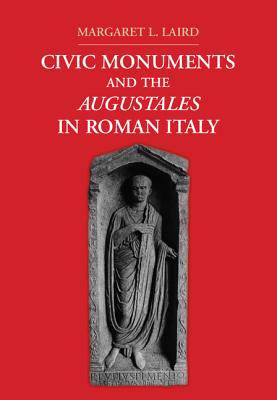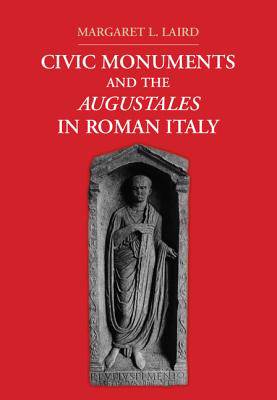
Door een staking bij bpost kan je online bestelling op dit moment iets langer onderweg zijn dan voorzien. Dringend iets nodig? Onze winkels ontvangen jou met open armen!
- Afhalen na 1 uur in een winkel met voorraad
- Gratis thuislevering in België vanaf € 30
- Ruim aanbod met 7 miljoen producten
Door een staking bij bpost kan je online bestelling op dit moment iets langer onderweg zijn dan voorzien. Dringend iets nodig? Onze winkels ontvangen jou met open armen!
- Afhalen na 1 uur in een winkel met voorraad
- Gratis thuislevering in België vanaf € 30
- Ruim aanbod met 7 miljoen producten
Zoeken
€ 113,45
+ 226 punten
Omschrijving
The combination of portrait statue, monumental support, and public lettering was considered emblematic of Roman public space even in antiquity. This book examines ancient Roman statues and their bases, tombs, dedicatory altars, and panels commemorating gifts of civic beneficence made by the Augustales, civic groups composed primarily of wealthy ex-slaves. Margaret L. Laird examines how these monuments functioned as protagonists in their built and social environments by focusing on archaeologically attested commissions made by the Augustales in Roman Italian towns. Integrating methodologies from art history, architectural history, social history, and epigraphy with archaeological and sociological theories of community, she considers how dedications and their accompanying inscriptions created webs of association and transformed places of display into sites of local history. Understanding how these objects functioned in ancient cities, the book argues, illuminates how ordinary Romans combined public lettering, honorific portraits, emperor worship, and civic philanthropy to express their communal identities.
Specificaties
Betrokkenen
- Auteur(s):
- Uitgeverij:
Inhoud
- Aantal bladzijden:
- 364
- Taal:
- Engels
Eigenschappen
- Productcode (EAN):
- 9781107008229
- Verschijningsdatum:
- 15/09/2015
- Uitvoering:
- Hardcover
- Formaat:
- Genaaid
- Afmetingen:
- 182 mm x 262 mm
- Gewicht:
- 966 g

Alleen bij Standaard Boekhandel
+ 226 punten op je klantenkaart van Standaard Boekhandel
Beoordelingen
We publiceren alleen reviews die voldoen aan de voorwaarden voor reviews. Bekijk onze voorwaarden voor reviews.











